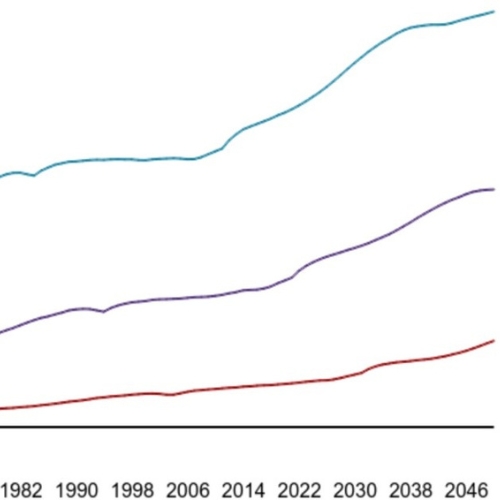Key points from article :
Many people with chronic health conditions are living longer - but are those extra years with or without disability?
Data analyzed from two large population-based studies of people aged 65 or over in England (CFAS I and II).
Over 7,000 people each interviewed between 1991-1993 and 2008-2011.
Men gained 4.6 years in life expectancy and 3.7 years in DFLE.
DFLE = disability-free life expectancy = number of years that a person is expected to continue to live without limitation in functioning and without disability.
Men with conditions including arthritis, coronary heart disease, stroke and diabetes gained more years in DFLE than years with disability.
Women's life expectancy increased by 2.1 years with an increase in DFLE of 2.0 years.
For women with long-term conditions, most improvement in life expectancy was in disability-free years.
However, this did not apply to people who already had a cognitive impairment:
- women's life expectancy with disability increased by 1.6 years, without any improvement in DFLE
- men's life expectancy with disability increased by 1.4 years, similar to their improvement in DFLE
Study by Newcastle University published in PLOS Medicine.






